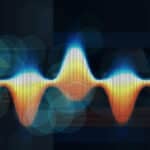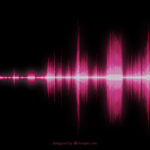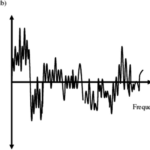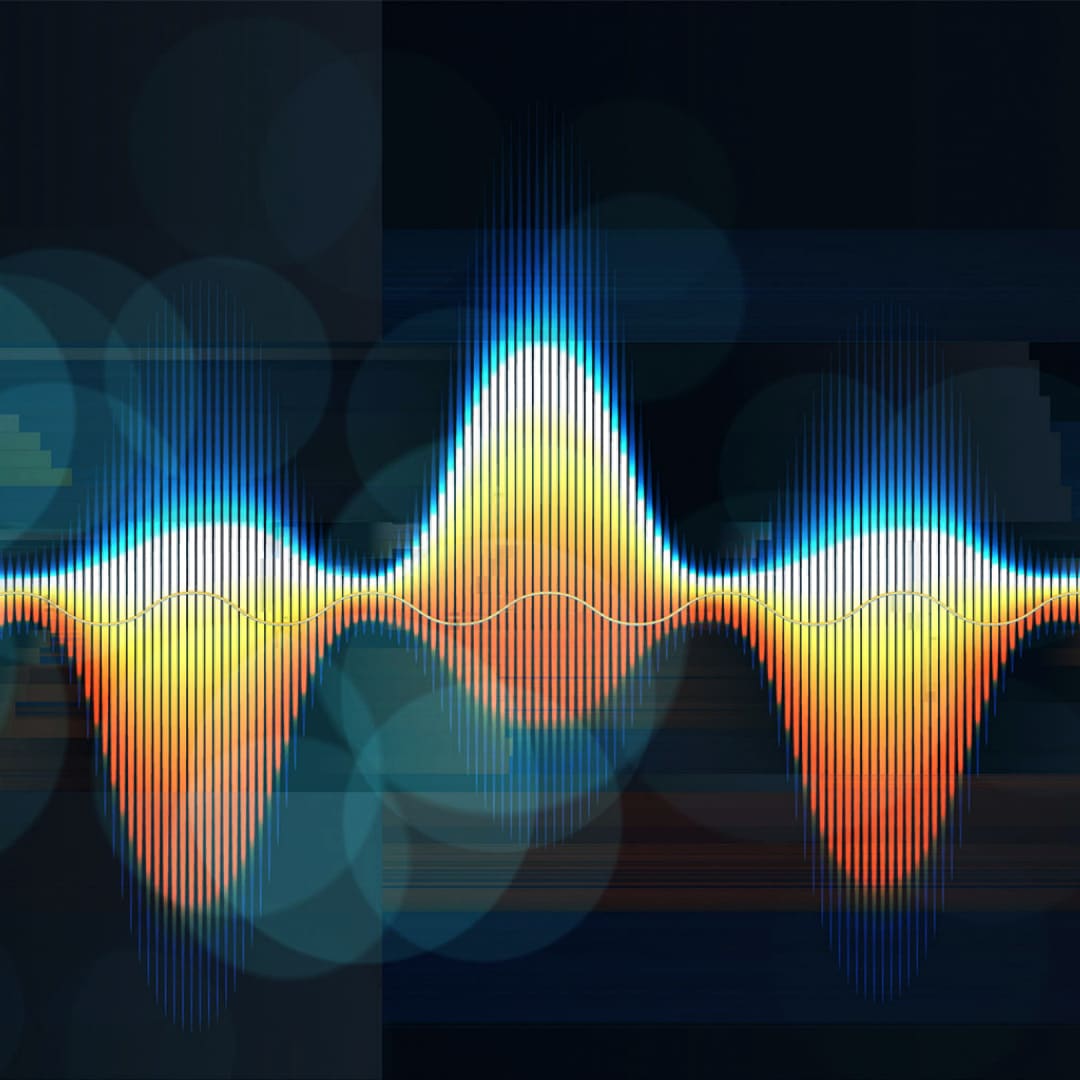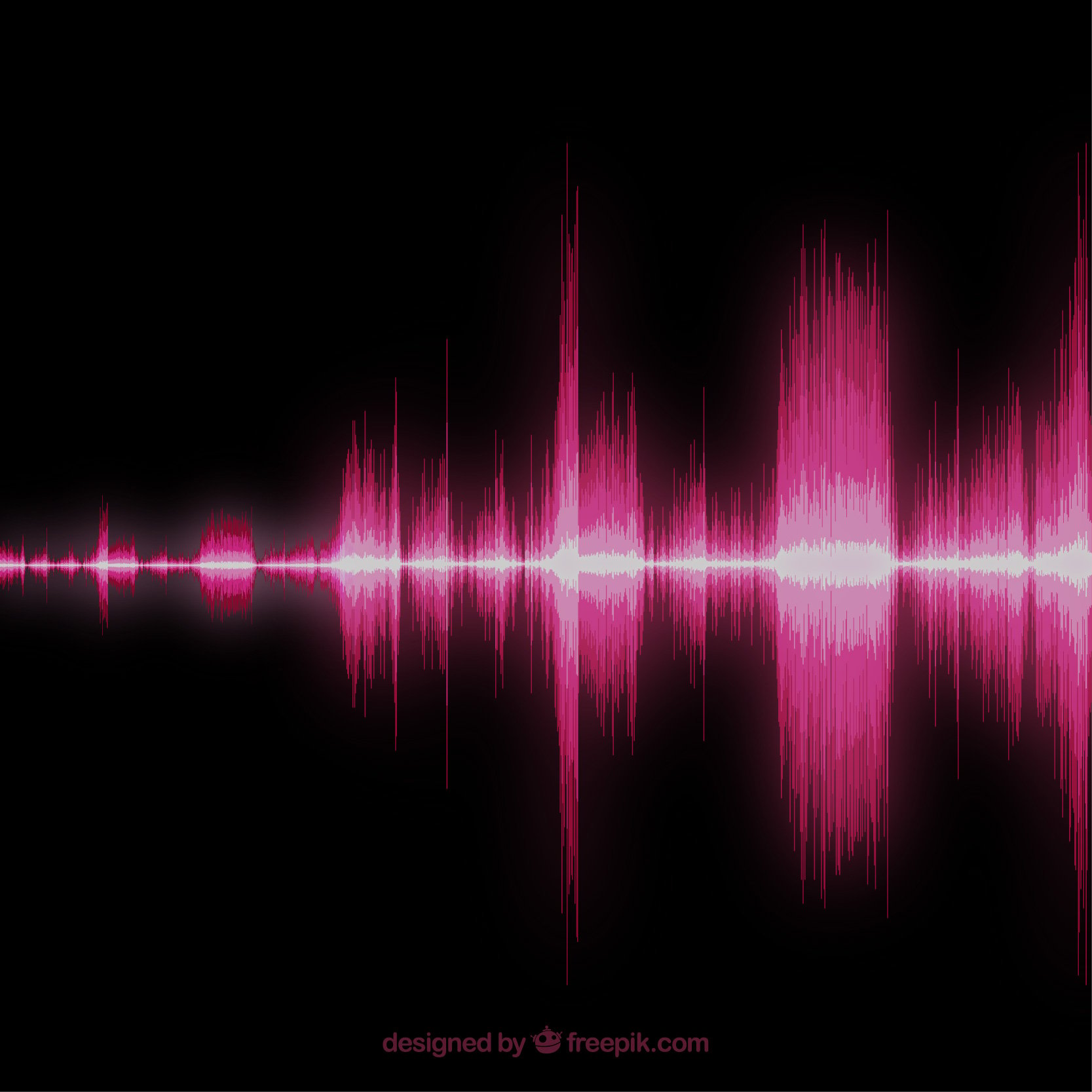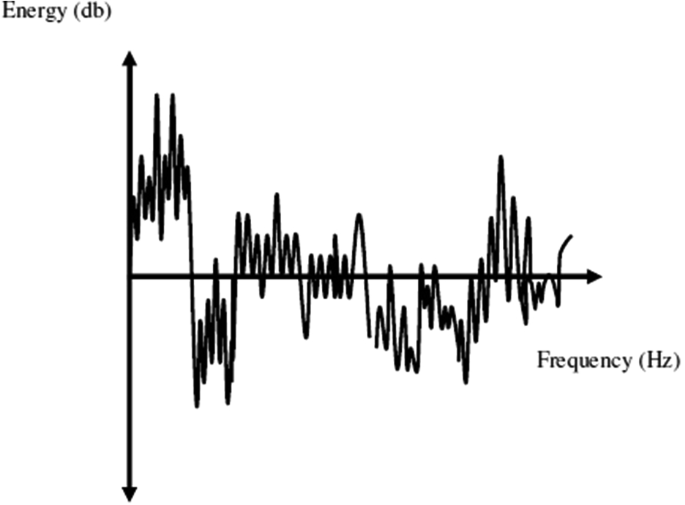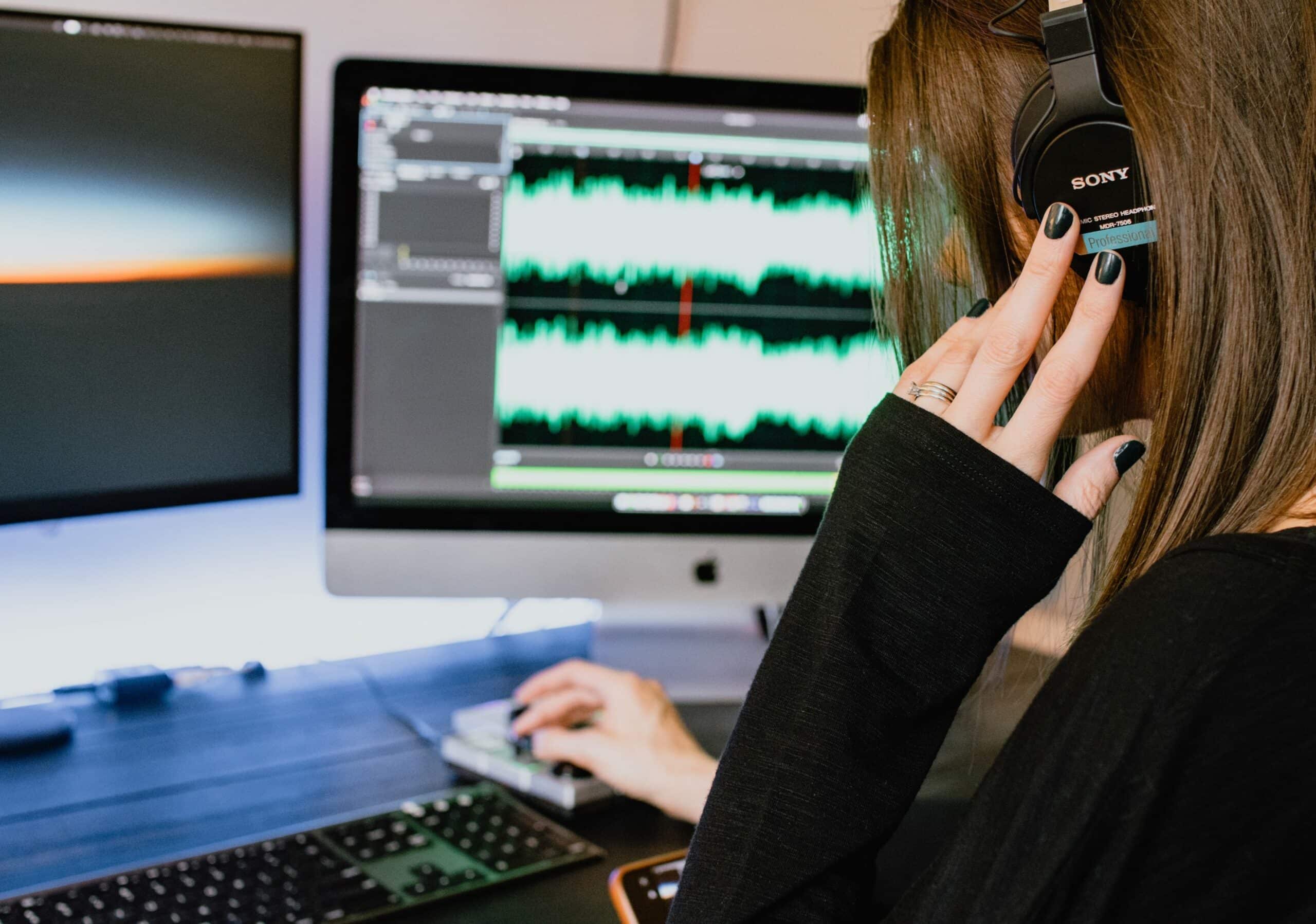We all love to listen to our favorite tunes, but did you know that audio forensics is having a major moment in the world of sound quality? As technology expands and refining of sound becomes more advanced with every passing day, audio forensics is becoming a necessary tool of the trade for anyone dealing in sound production and audio engineering. As sound quality has become increasingly important to consumers, many overlook the hidden power of audio forensics and its ability to accurately enhance and improve sound everywhere from movies and video games to the music industry and beyond.
In this blog post, we’ll explore the importance of sound quality, breaking down what audio forensics is and how it can be used to unlock the power of great sound for all. We’ll look at the audio engineering industry, the purpose and necessity of audio forensics, and how sound quality is incorporated into sound production and mixing. By the end, you’ll have a better understanding of how audio forensics is powering the sound production industry and its ability to create a superior listening experience.
Quick Clarification
Sound quality is an important factor in audio forensics because it can help to determine the veracity of a recording. High-quality recordings are often more reliable as evidence as they can provide more accurate representations of acoustic events.
The Role of Sound Quality in Audio Forensics

Sound quality is a critical factor when considering audio forensics. High-quality audio recordings are essential for accurate transcription and analysis, as important information may be present in sounds that are too faint or distorted to detect with a lower-quality recording. The importance of having clear and accurate recordings can’t be overstated, as sound details may offer crucial evidence that could provide clues to the facts of an investigation.
At the same time, it must be recognized that sound quality affects the process at hand in multiple ways. Poorly recorded sound files can distort evidence or introduce noise that affects the accuracy of a transcription. Background noise from hums, echoes, and reverberation can lead to mistakes while analyzing speech identification. Similarly, inferior recorders or microphones can lead to inaccurate results, due to lost session or distortion of words or sentences.
Knowing this, it is essential to invest in high-quality equipment and systems to ensure accurate audio file generation and data collection. Professionals should take the time to understand which audio components are best suited for their specific applications, as well as which ones could potentially cause errors during evaluation or lead to false information. High-quality sound sets the foundation for any successful forensic investigation utilizing acoustic evidence, as all subsequent processes depend on accurate data capture and transcriptions.
To properly harness the power of audio forensics, understanding sound quality is imperative. We must next look at the different sources of acoustic evidence and how they can be tapped into effectively.
The Different Sources of Acoustic Evidence
The way in which acoustic evidence can be gathered to support investigations has broadened greatly using modern technology. Different sources of acoustic evidence can vary from recordings of conversations, videos, and even radio broadcasts. Each source can provide unique insights into a case and its context while also presenting certain challenges that must be accounted for in any analysis.
When capturing sound recordings, it is important to consider the intent of the recording. Conversational recordings have a clear purpose: to capture key evidence in order to clarify the context or understanding of events. Video recordings may provide auditory context while also offering visual clues that further inform an analysis. Radio transmissions can extend the range of voice capture further, allowing access to more isolated conversations that may provide critical details otherwise unavailable through conventional recordings.
On the other hand, there are certain drawbacks associated with each form of acoustic evidence gathering. Video recordings typically yield a lower-quality sound than those recorded on dedicated equipment, leading to potential issues with clarity and accuracy when analyzing audio files for forensic purposes. Radio transmissions may contain interference from other sources, background noise or static that can disrupt key elements of their content. Additionally, any transmission from radio signals must be monitored in real-time to capture any voice conversations as they occur.
The different sources of acoustic evidence offer unique opportunities and challenges when it comes to evaluating sound files as forensic evidence. With careful consideration for the potential pitfalls associated with each source, investigators can utilize these tools to present reliable data for evaluation during forensic analyses. The next section will discuss the impact that audio resolution has on this evaluation process and the importance of standardizing quality parameters when analyzing acoustic evidence.
The Impact of Audio Resolution on Forensic Analysis

The impact of resolution on audio forensics is a debated topic in the industry, with each side having valid arguments. Some investigators feel that higher resolutions don’t have a significant enough effect on forensic analysis and it could be a waste to employ such demanding resources when lower resolution recordings would yield the same results. On the other hand, others argue that the margin of error in forensic investigation is so small that any detail can make an immense difference.
To assess whether audio resolution has an impact on forensic analysis, we need to consider the full range of sound waves within a given file. Low-resolution recordings limit how much information can be obtained from audio files; they record fewer samples per second than high-resolution formats, meaning that certain parts of the spectrum can be lost due to frequency limitations. Detailed recordings help ensure that no potential evidence goes unnoticed, minimizing errors and inconsistencies within your investigations. Furthermore, being able to access more data points helps ensure a higher level of accuracy during analysis, thereby improving your confidence in results.
As we look closer at the effects of resolution on forensic analysis, it’s important to consider sound quality as well as sound quantity. While higher resolutions provide more detailed recording capabilities, their success largely depends on the equipment employed during their capture. This leads us into our next section examining professional microphones and their role in unlocking the power of audio forensics.
Looking Closer at Professional Microphones
Professional microphones are essential to unlocking the power of audio forensics. Without microphones, it would be difficult or impossible to gather evidence from sound recordings, analyze the recording for any aberrations, and extract valuable data such as words or conversations. While many people assume that all microphones produce similar results in terms of sound quality and accuracy, there can be very real differences between them.
There is an ongoing debate regarding which type of microphone produces the best sound quality for audio forensics. Those who support dynamic microphone models argue that they are preferable because they typically have lower noise during a capture and produce clearer sounds when used in close proximity with other sources. Others champion condenser microphone models, arguing that their ability to accurately reproduce high-fidelity sounds make them the ideal choice for audio forensic purposes.
Of course, any tool used for audio forensics should meet industry standards for accuracy and reliability. Professional tools also need to be suitable and maintain consistency over long periods of time – otherwise the audio recording will no longer contain reliable evidence and will not able to provide a clear representation of what happened during the crime scene investigation.
As we look closer at professional microphones, it’s easy to see that both types can be useful in different scenarios and applications, each with its own advantages and disadvantages. Ultimately, the right microphone model depends on the situation, purpose, and target sound frequency range needed for successful audio forensic analysis. Having explored the different types of microphones available to practitioners in this field, we now move onto looking at the necessary professional tools needed for successful audio forensics.
The Necessary Professional Tools for Audio Forensics
The necessary professional tools for audio forensics are critical for unlocking the power of sound. The right equipment and software can quickly and accurately extract a range of vital clues from noise-filled recordings. In particular, the importance of using high-quality technology is essential to ensure accurate results.
On one side of the argument, it is argued that investing in professional-grade equipment and expensive software programs is unnecessary, as any recording device that provides an accurate capture of sound will do the job. However, this overlooks the fact that insufficient or low-quality technology can lead to recordings with unwanted background noise, making it difficult to distinguish between important audio cues and general interference. In addition, lower quality technology may cause distortions to the digital video files resulting in a lack of clarity in the audio, leading to misinterpretations. As such, purchasing professional-grade hardware and software can provide a much higher level of accuracy which is invaluable when analyzing forensic audio data.
On the other hand, many professionals recognize that budgeting and investing in high-end technological solutions can pose financial challenges for small companies or individuals. There are numerous consumer-grade recording devices available at a fraction of the cost of their professional counterparts whilst providing similar recording accuracy. By carefully selecting specialized consumer-grade hardware and software programs within an appropriate budget range, one can gain access to similar technologies at more manageable pricing levels – albeit with fewer luxuries than professional targets.
In conclusion, investing in superior quality hardware and software for audio forensics is recommended due to their better performance levels resulting in improved accuracy. There are also a range of consumer options available; however, these require careful selection as not all low-cost alternatives are equal performers compared to higher priced counterparts. With this said, let us now move on to how noise reduction and frequency filters can improve sound quality when used in audio forensics.
- A research paper published by the American Academy of Forensic Sciences states that sound recordings should have no distortion, minimal background noise and a consistent waveform in order to preserve the accuracy of an investigation.
- A study published in 2014 found that sound quality has been proven to be important in many cases; audio with greater levels of clarity allows for greater accuracy as well as the ability to analyze further details.
- According to research published by Columbia University, high-quality audio recordings offer investigators valuable source material in forensic analysis, allowing them to review conversations in real time or slow them down for detailed analysis.
Main Points to Remember
Professional-grade hardware and software are considered superior for audio forensics due to their better performance and improved accuracy when compared to consumer grade alternatives. While it may be financially challenging for some, investing in high-end solutions is recommended. Selecting specialized consumer-grade hardware and software programs within a reasonable budget range can provide similar technologies at more reasonable pricing levels. Additionally, noise reduction and frequency filters can improve sound quality used when doing audio forensics.
Noise Reduction and Frequency Filters
The use of noise reduction techniques and frequency filters in audio forensics is essential for improving sound quality. Companies investing in forensic technology should invest in these features to improve the quality of audio recordings they receive.
Noise reduction techniques are used to remove unheard background noise from audio recordings. This helps reduce background hissing and mumbling and creates a clearer, more precise digital representation of the original recording. Frequency filters can then be used to remove unwanted frequencies from the digital representation, further refining and enhancing the sound quality.
The effectiveness of noise reduction techniques and frequency filters depends on their digital implementation, as well as their accuracy. Low-quality frequency filters can distort the final outcome, so it’s important to purchase ones that have been tested and certified by an independent third party. Some noise reduction algorithms might not be precise enough when dealing with complex noises, resulting in distorted sounds and low signal-to-noise ratios. On the other hand, depending on how precise they are tuned, noise cancellation techniques using frequency filters may also produce a very accurate result that accurately reflects the dynamics of a certain recording without sacrificing the signal-to-noise ratio of the original material.
To achieve the best possible results, companies should invest in software solutions that provide comprehensive noise cancellation tools, effective frequency filters and sophisticated algorithms to improve sound quality while keeping distortion of signals to a minimum. Noise reduction and frequency filters are important tools for unlocking the power of audio forensics – but caution needs to be taken when using them to ensure success.
Having discussed noise reduction and frequency filters, we will now move onto our next section: The Importance of Distinguishing Nuances in Sound Quality.
The Importance of Distinguishing Nuances in Sound Quality
When it comes to audio forensics, the importance of distinguishing nuanced sound quality should not be overlooked. Being able to identify a faint whisper or distinguish between similar sounds can be the difference between success and failure in deciphering mixed or difficult audio.
On the one hand, sound quality is an important factor in unlocking all potential evidence since higher-quality recordings produce more accurate results. For instance, an audio clip with noise-reduction technology is captured at such a level of clarity that it brings out small nuances in the recording which may not have been found in low-quality audio. In addition, certain technologies, such as waveform analysis, which are used by forensic investigators to synchronize audio clips, often require enhanced sound quality for optimal results.
On the other hand, distinguishing nuances in sound quality can be difficult for investigators who do not have access to certain tools or resources. Without proper training in forensic techniques and understanding how sounds can change depending on their environment, it could be impossible for investigators without sophisticated equipment to properly analyze difficult audio clips. Furthermore, adding noise reduction software can add extra cost and complexity to the investigation.
Ultimately, it is important that a distinction is made between good and bad sound quality by investigative teams, as this will likely lead them to better and more reliable evidence. Although some challenges may exist in making those distinctions that stem from access to specific technologies or skill levels, its importance cannot be understated when it comes to achieving success with audio forensics. As we close out this article discussing the importance of sound quality when it comes to unlocking the power of audio forensics, our next section will focus on providing a wrap-up of all that has been discussed thus far.
Audio Forensics: A Wrap-Up
Audio forensics has historically been used in legal proceedings to uncover evidence that is difficult to detect through other means. This can be used for a range of purposes, from piecing together complex conversations or audio recordings to enhance witness testimony. Sound quality is the foundation of any successful audio forensic activity, as it can have a significant impact on the results obtained. Poor sound quality can severely limit an investigator’s ability to draw meaningful conclusions from their findings and make it difficult to verify evidence with accuracy.
Since sound quality is so crucial to understanding both audio files and other noises, only high quality recordings should be used in any investigation. This is particularly important when considering recordings captured by personal devices such as mobile phones or laptop computers, as their low-fidelity sound recording capabilities can result in distorted sound waves which may not be accurately processed by modern audio analysis software. It is also important to ensure that these recordings are stored in an appropriate format to guarantee the best possible quality reproduction.
Furthermore, there has been much discussion surrounding the issue of privacy when it comes to audio recordings, as many argue that using such technology to capture conversations without consent could violate the privacy rights of those being recorded. While this can certainly be a legitimate concern, it is important for researchers and investigators to balance these concerns against the potential benefits of using forensic audio analysis. By using this powerful tool carefully and responsibly, it is possible to gain access to otherwise untapped sources of evidence and bring those responsible for criminal activities to justice without violating anyone’s right to privacy.
In conclusion, it is evident that sound quality plays a key role in unlocking the power of audio forensics. Despite the potential privacy concerns associated with such practices, there are numerous examples where accurate audio analysis has been highly successful in criminal investigations and continues to help usher justice into a rapidly changing world. As research continues into improving audio forensics technology and practices, we remain optimistic that this powerful tool will continue serving its purpose while helping protect both privacy and public safety.
Frequently Asked Questions and Their Answers
How can sound quality be improved through audio forensics?
Audio forensics is a powerful tool in improving sound quality. By analyzing audio samples, forensic experts can identify problems and make accurate adjustments to the sound such as noise reduction, equalization and boosting certain frequencies. This will allow for an improved sound experience when listening to the audio. Additionally, forensic experts can also use software tools to manipulate audio which can be helpful in eliminating background noises or harmonizing multiple vocal tracks for a more professional result. Further, audio forensics can be used to authenticate recordings which can help determine its originality. Finally, forensic experts are trained to recognize and analyze different types of artifacts that could potentially interfere with a listening experience thus providing a more pristine output.
Is there a difference between sound quality in speech and non-speech recordings?
Yes, there is a difference between sound quality in speech recordings and non-speech recordings. Speech recordings require more clarity, as even minor audio issues can make it difficult for listeners to understand the words being spoken. Non-speech recordings, on the other hand, may require less clarity, as details such as musical instruments or background noise can add character to a recording without necessarily needing to be easily recognizable. Additionally, different types of audio equipment – such as microphones, processors, and speakers – are suited to different types of recordings, making it important to use the right type of equipment for the desired sound quality. For example, a vocal microphone is better at capturing speech than a drum microphone, while a neutral speaker will provide a more accurate representation of what was recorded regardless of whether it’s speech or music.
What technologies can be used to improve sound quality in audio forensics?
In order to improve sound quality in audio forensics, various technologies can be employed. These include: advanced signal processing techniques such as voice recognition and pattern recognition; digital signal processing (DSP) algorithms like noise cancellation and filtering eqiupment; microphone and speaker technology to accurately capture and reproduce sounds; audio recording systems and hardware for better audio quality; and acoustic analysis software for examining and analyzing the acoustic characteristics of a sound.
Advanced signal processing techniques allow an investigator to detect, isolate, and amplify specific sounds to aid in their investigation. Voice recognition assists with identifying speech patterns within recorded audio feeds, whereas pattern recognition helps identify certain frequencies or object types such as a gunshot or a car backfiring. DSP algorithms enable automatic noise cancellation, fundamental frequency detection, filtering of unwanted noise, dynamic range compression, etc.
Various types of microphone and speaker technology can also help facilitate improving sound quality in audio forensics. Depending on the type of microphone used it may enhance the ability of investigators to detect and analyze audio frequencies across large distances or pick up sound waves in busy environments. Additionally, speakers can provide real-time playback capabilities or make recordings available digitally.
Finally, various audio recording systems are designed to capture high fidelity audio recordings with low distortion levels over a large frequency range. Hardware such as external preamps may provide additional control capabilities over the recorded sound signals. Furthermore, for post-recording purposes there is specialized software which enables acoustic analysts to analyze an audio signal’s frequency content and temporal intensity profiles as well as assist in recovering lost voiceprint details from previously compromised recordings.
In conclusion, through the use of advances in signal processing technologies along with sophisticated microphone/speaker designs, hardware tools, and acoustic analysis software tools – accurate sound quality can be achieved that allow for efficient investigations in the field of audio forensics.






